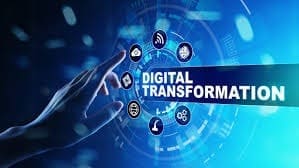The corona virus (COVID-19) pandemic could accelerate the adoption of e-commerce in the country, with online sales accounting for over 10% of Indian retail sales in the next 12-18 month period, from 5% currently.
“Demonetisation accelerated the adoption of digital payment in India and we expect COVID-19 to do the same thing for online commerce. Presently, 95% of India’s retail sales do happen at stores, and online contribute only 5%. However, we expect this order to change dramatically. Online sales will breach the double-digit mark within the next 12-18 months,” Prashobh Chandralayam, executive director (Retail), Global Business Services, IBM India/South Asia.
Talking about changes in shopping experience, Mr. Chandralayam said since safety and security was going to be the single most important thing, he expected end-to-end digitisation at stores to be mandatory. “Touchless payments to virtual try-on will be the new norm. The perfect combination of digital and physical will define the new shopping experience,” he said. For example, trial rooms at fashion retail outlets will need to have virtual try-on facility with 3D avatars, as customers may not be comfortable trying out any garments in the trial room. He added that customers would also want more information about the product they are buying, to know how genuine the product line is. “The entire product value chain will need to be articulated as part of the product info. Farm to fork and fibre to fashion is what matters. Customers will not shy away from paying extra money for the product information,” he said.
Citing reports from China, Mr. Chandralayam said tier 3-4 cities reported 80% recovery post COVID-19, however, business recovery in tier 1-2 cities was just around 50%, essentially indicating that retail format among the shopping malls were subject to slow recovery, while standalone shops are back on their heels. “This also indicates customers would seek limited people inside the stores. Appointment-based shopping may become the new normal,” he said.
Mr. Chandralayam pointed out that 31% of the world’s GDP is retail and from a digital perspective, 40 petabytes of data is generated every hour in retail. “It’s not just any data; it’s the demand signal for the world. Post COVID-19 era, data signals from retail will provide vital clues on the shape of economic recovery,” he said.

